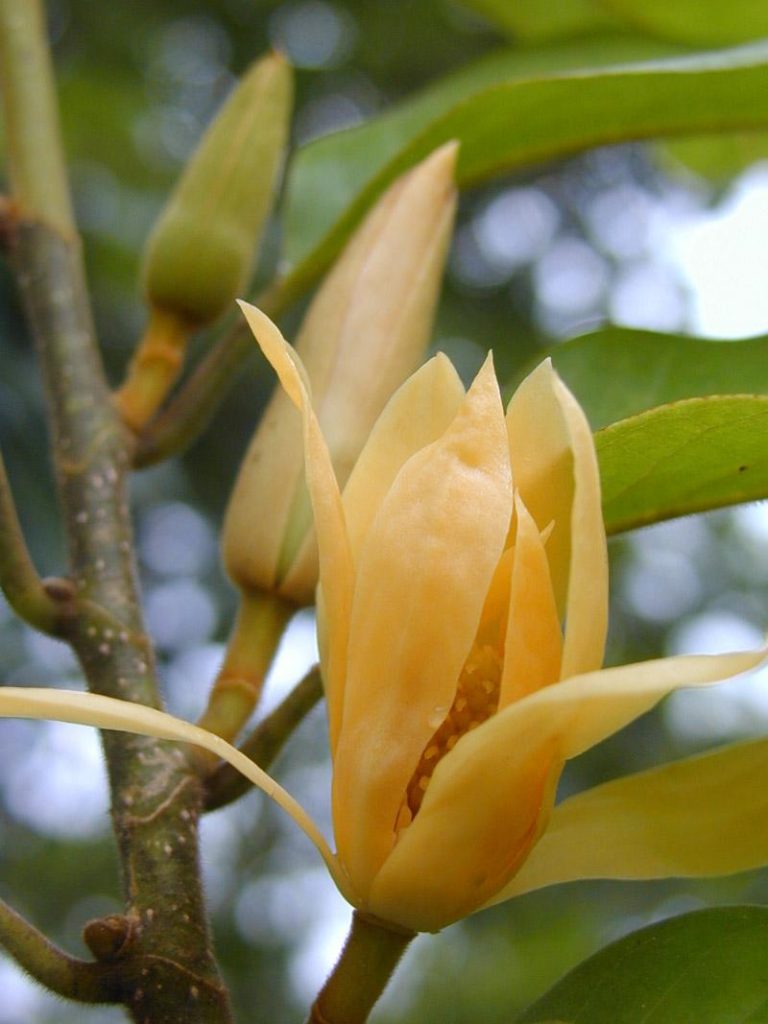Michelia champaca seed

The Golden Champaca is a tropical tree in the Magnolia family that is grown for its flowers. The flowers are not as large or as showy as some other members of the family but they more than make up for it by their wonderful, intoxicating fragrance. The scent of the flowers is strong, delicious and alluring that the flowers are harvested to make some of the most expensive perfumes in the world. The essential oil of the flowers is used in Joy Perfume and so the tree is also known as the Joy Perfume Tree. The smell of champaca is unique, reminiscent of orange blossom, ylang-ylang, cloves and tea rose, with some hints of sage, spice and guaiac wood. The derivation of the word shampoo is the Hindi word champo, meaning to massage, which comes from champa, the Sanskrit name for champaca. This tree was traditionally used to make fragrant hair and massage oils.
It is native to India and Southeast Asia. In its native range, champaca is a smooth-barked, large, evergreen, timber tree that grows more than one hundred feet tall. In cultivation, they mature at between twenty-five and forty feet. The bright green, glossy leaves have wavy edges, prominent veins, and a finely pointed apex or “drip tip.” The flowers have ten to twenty yellow, orange, or cream-colored petals that get progressively smaller towards the center of the Flower. Champaca fruit are clumping, oblong, brown follicles that split at maturity, exposing bright red seeds. In Asia it is logged for its valuable timber. It yields finely textured, dark brown and olive-colored wood, which is used in furniture making, construction, and cabinetry. The species is protected from logging in some parts of India, especially the Southwest, where certain groves are considered sacred by Hindus and Buddhists. It is Also classified as Magnolia champaca.
Growing Instructions
- Scarify the seeds by nicking or sanding the seed coat.
- Soak the seed in water for 24 hours.
- Prepare a mixture of half potting soil and half sand, perlite or vermiculite.
- Put the mixture in a pot with drainage holes in the base.
- Water the mixture so that it is moist but not wet.
- Put the seeds on the soil.
- Cover the seeds with a thin layer of soil.
- Water the seeds and keep the soil moist but not wet. The seeds need high humidity and warm temperatures. Keep the soil constantly moist and cover it with plastic foil or glass.
- Place the pots in an area with warm temperatures in full sun or part shade.
- When the seedlings are a few inches tall, they can be transplanted.
